Applications of Polycarbonate (PC) in Medical Materials
Polycarbonate (PC) plays a crucial role in the field of medical materials due to its unique combination of properties.
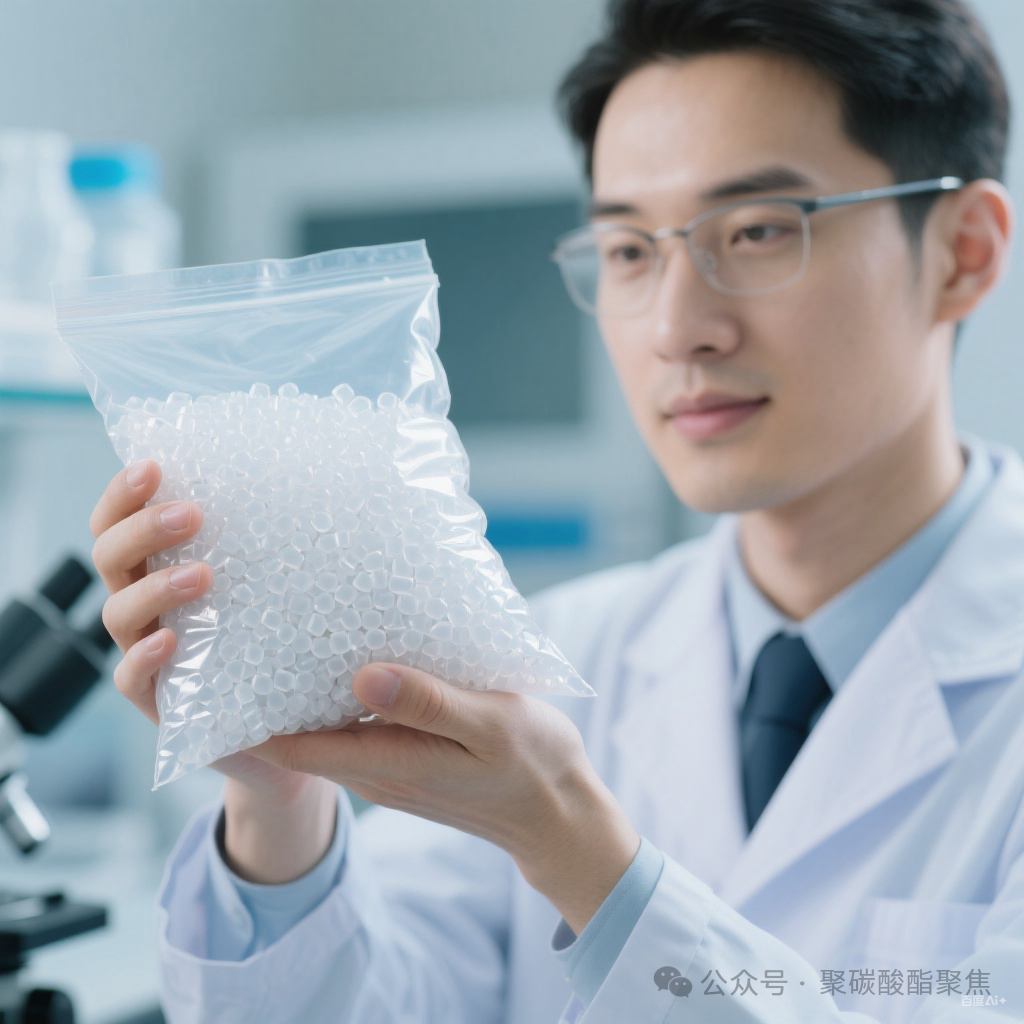
Core Advantages Driving Medical Applications
Polycarbonate possesses excellent transparency, with a light transmittance close to that of glass. This characteristic enables users to clearly observe the status of internal fluids, such as blood or medication, as well as tissues or instruments, which is crucial for diagnosis, monitoring, and treatment during medical procedures.
In terms of mechanical properties, it possesses extremely high impact strength and toughness, with impact resistance far exceeding that of glass and many other plastics. This means it can withstand drops, collisions, and various stresses encountered in daily use, greatly enhancing the safety and durability of the equipment.
Good dimensional stability is also a major highlight; within a wide temperature range, polycarbonate can maintain a stable shape and size, thereby ensuring the precision and reliability of the equipment.
Its excellent heat resistance allows it to perform well during sterilization processes, with a glass transition temperature as high as approximately 147°C, making it capable of withstanding various sterilization methods. It shows good compatibility with repeated autoclaving at 121°C or even 134°C. For gamma radiation sterilization, although long-term or high-dose exposure may cause slight yellowing or embrittlement, the medical-grade PC formulation has been optimized for this performance.
Biocompatibility is one of the key characteristics of polycarbonate (PC) in medical applications. Medical-grade PC undergoes rigorous testing and meets relevant international standards, such as ISO 10993 and USP Class VI, ensuring acceptable safety when in contact with human tissues or body fluids. However, this only applies to specific applications and contact durations.
In addition, polycarbonate is also easy to process and form, and can efficiently produce complex-shaped and dimensionally precise instrument components through processes such as injection molding and extrusion. At the same time, it has good resistance to many cleaning agents, disinfectants, and medical solvents, possessing good chemical resistance.
Main Application Areas
Polycarbonate is widely used in in vitro diagnostic and therapeutic equipment. In blood handling, it can be used to manufacture components of centrifuge tubes and blood collection tubes, plasma separation cups, and blood dialyzer housings and end caps, all of which take full advantage of its high transparency and pressure resistance. In the field of liquid handling, polycarbonate is commonly used for pipette tips (especially those requiring high precision and chemical resistance), reagent bottles, sample cups, petri dishes, lids or observation windows of cell culture flasks/plates, and more. In fluid management, components of infusion sets such as drip chambers and three-way valve housings, syringe barrels (particularly pre-filled syringes requiring high transparency and chemical resistance), and drug solution filter housings all benefit from the use of polycarbonate. In respiratory therapy equipment, anesthesia masks, nebulizer medication cups, and respiratory circuit connectors also rely on it.
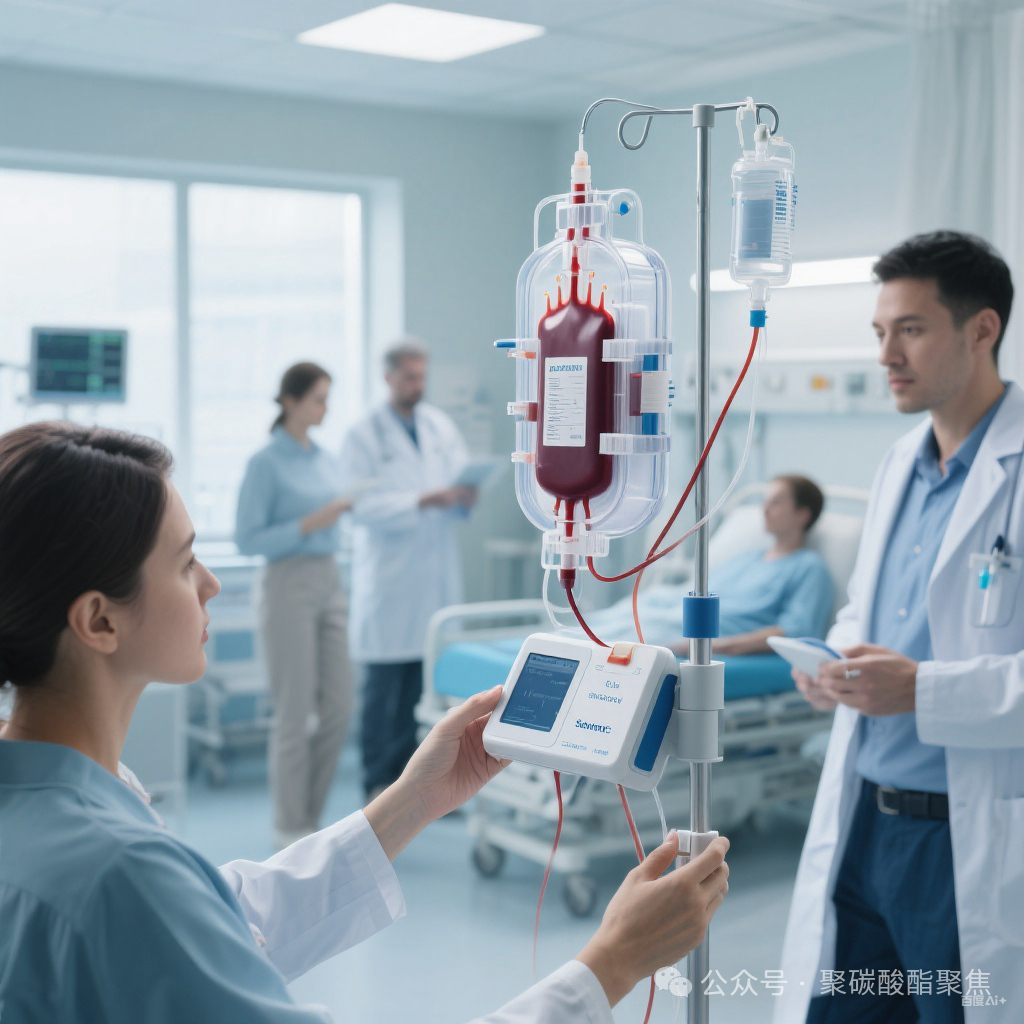
In the field of surgical instruments and equipment, polycarbonate has numerous applications. Due to the need for high strength, impact resistance, and repeated sterilization, polycarbonate is the ideal choice for surgical instrument handles/housings, such as scalpel handles, scissor handles, needle holder handles, electrosurgical instrument housings, and parts of the external structure of endoscopes. In ophthalmic instruments, components like intraocular irrigation/suction tubing, ophthalmic surgical instrument parts, and certain types of contact lens storage cases, as well as dental instrument components like dental drill handles, lamp heads of light-curing equipment, and parts of saliva ejectors, are all made of polycarbonate.
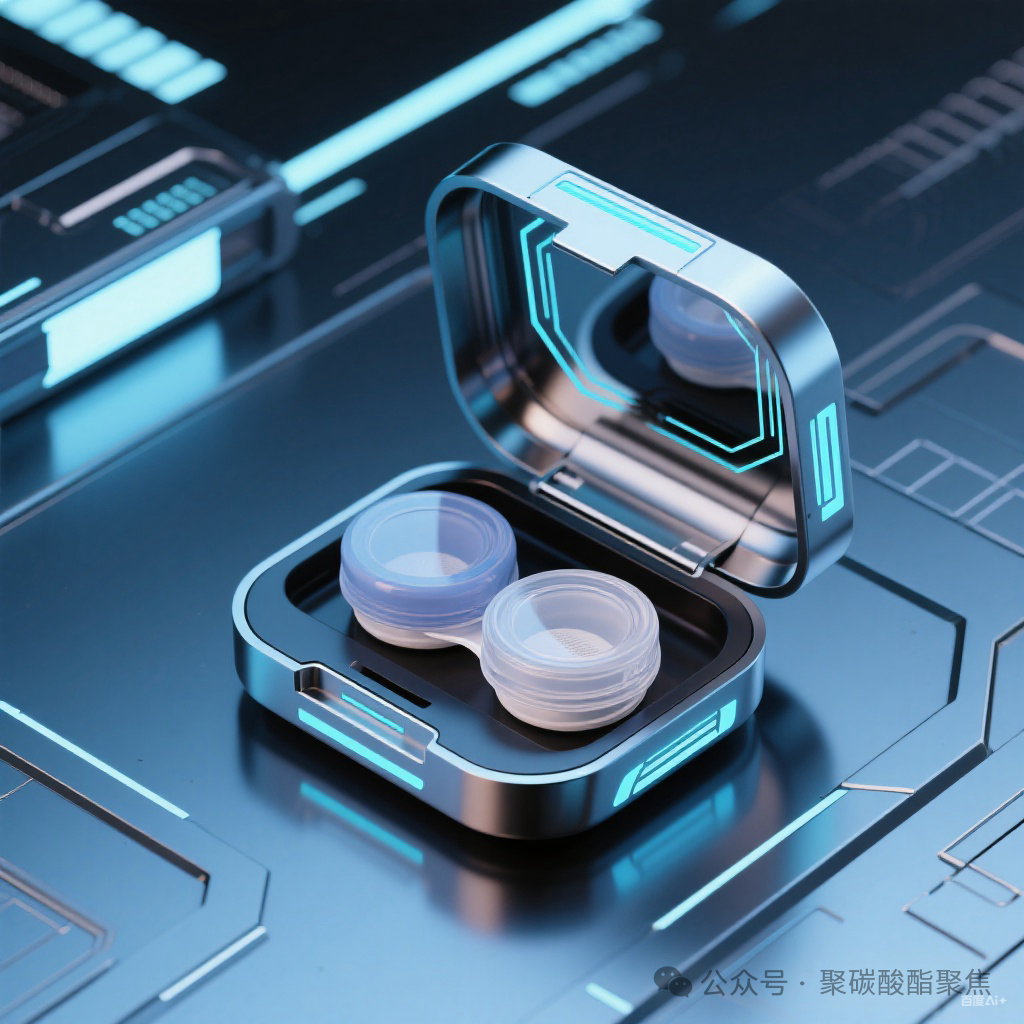
In specific applications of implantable devices, polycarbonate is also emerging. In drug delivery systems, the reservoirs or casings of implantable drug pumps require biocompatibility and chemical stability, which polycarbonate can meet. In the area of artificial joints, modified PC or PC-based composites are being studied for use in load-bearing components of knee or hip joints, such as tibial inserts, due to their wear resistance and toughness, although long-term clinical validation is still needed. In cardiovascular devices, such as the housings of implantable cardiac devices (pacemakers, defibrillators), polycarbonate can provide protection, insulation, and biocompatibility, and is suitable for situations not directly in contact with blood. In the field of craniofacial reconstruction, custom cranial repair plates made using 3D printing or thermoforming technology also benefit from the biocompatibility, strength, and processability of polycarbonate.
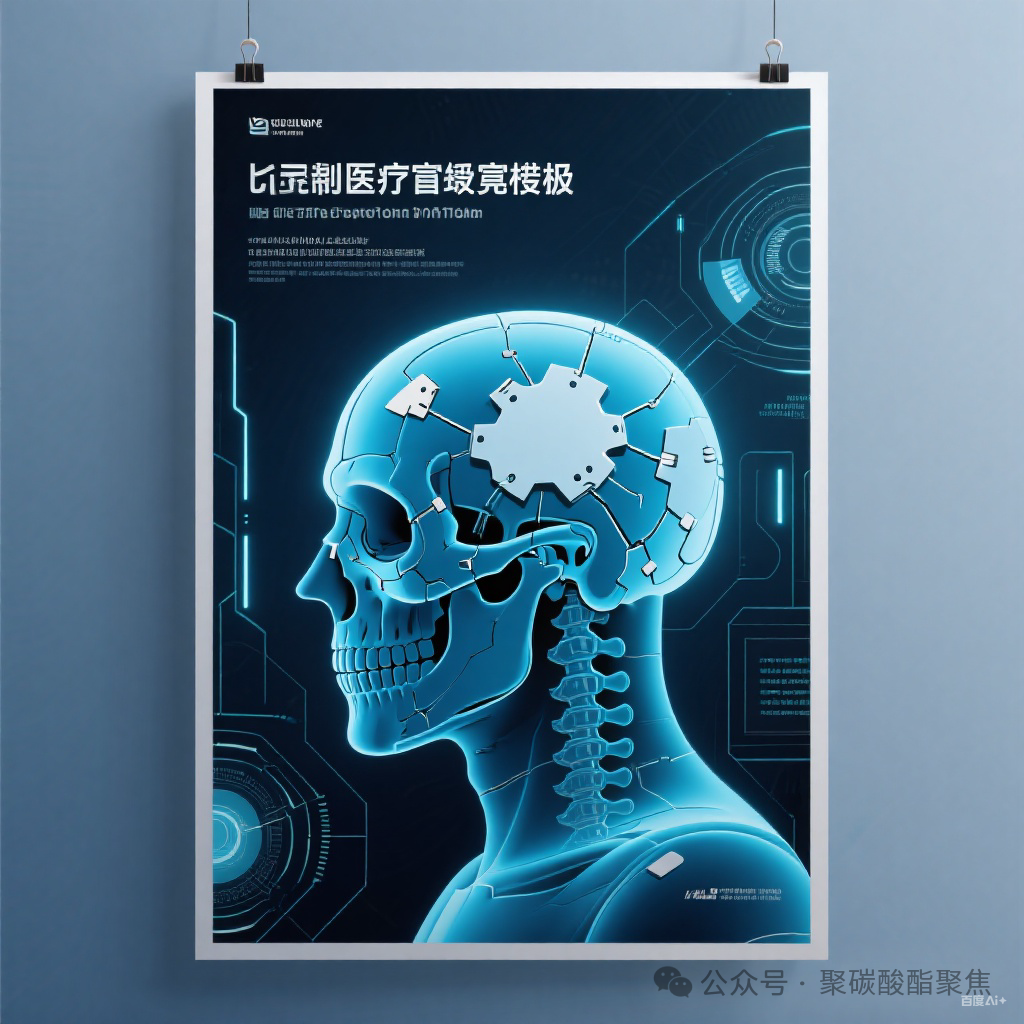
In terms of medical device enclosures and components, polycarbonate is extensively used for transparent observation windows, panels, and housings of monitoring devices such as monitors, ultrasound equipment, and analyzers; certain protective or non-critical structural parts of imaging devices like X-ray machines and CT scanners; as well as housings and protective covers of therapeutic devices such as laser treatment equipment and physiotherapy devices.
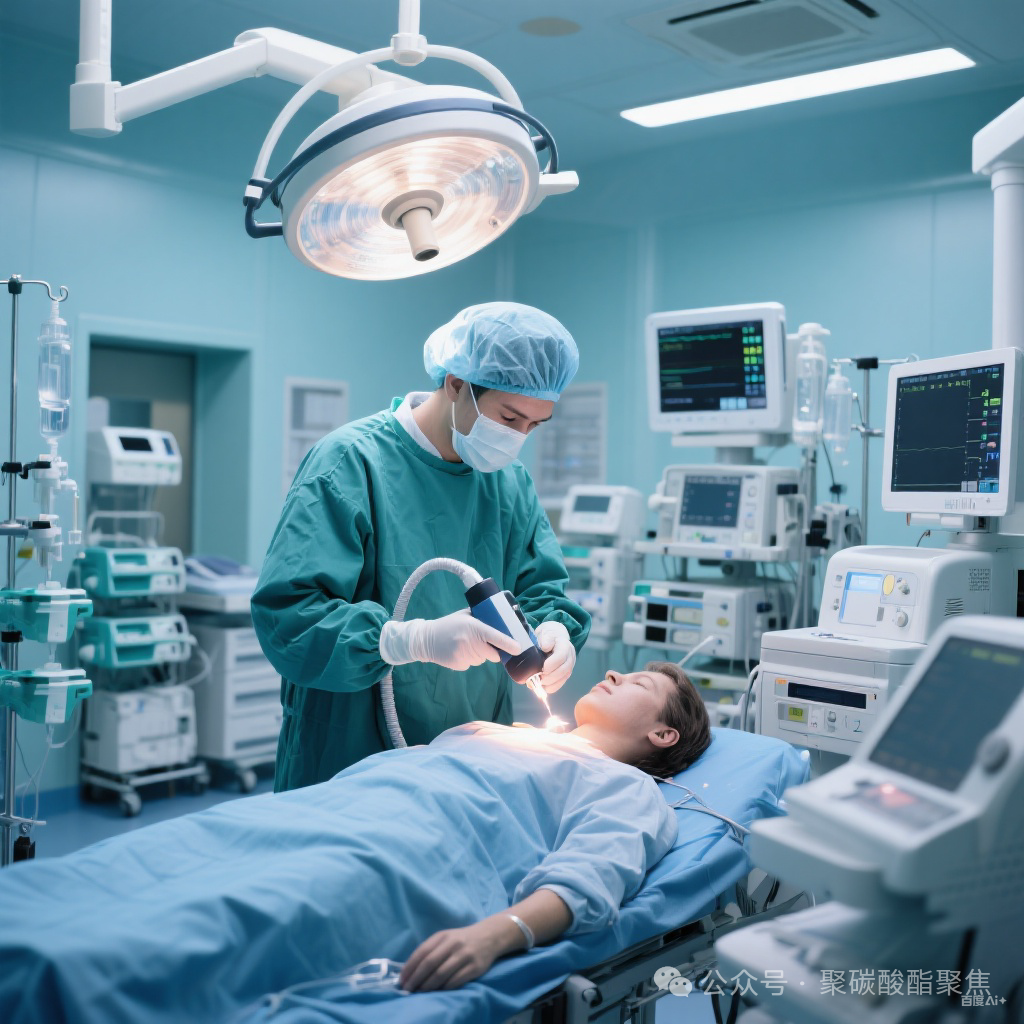
In the field of packaging materials, polycarbonate can be used for blister packaging, suitable for pharmaceutical packaging that requires high transparency, high barrier properties (when combined with other materials), and high strength. At the same time, it can also serve as transparent covers/windows for sterilization trays or containers of medical devices, applied in sterile barrier systems.
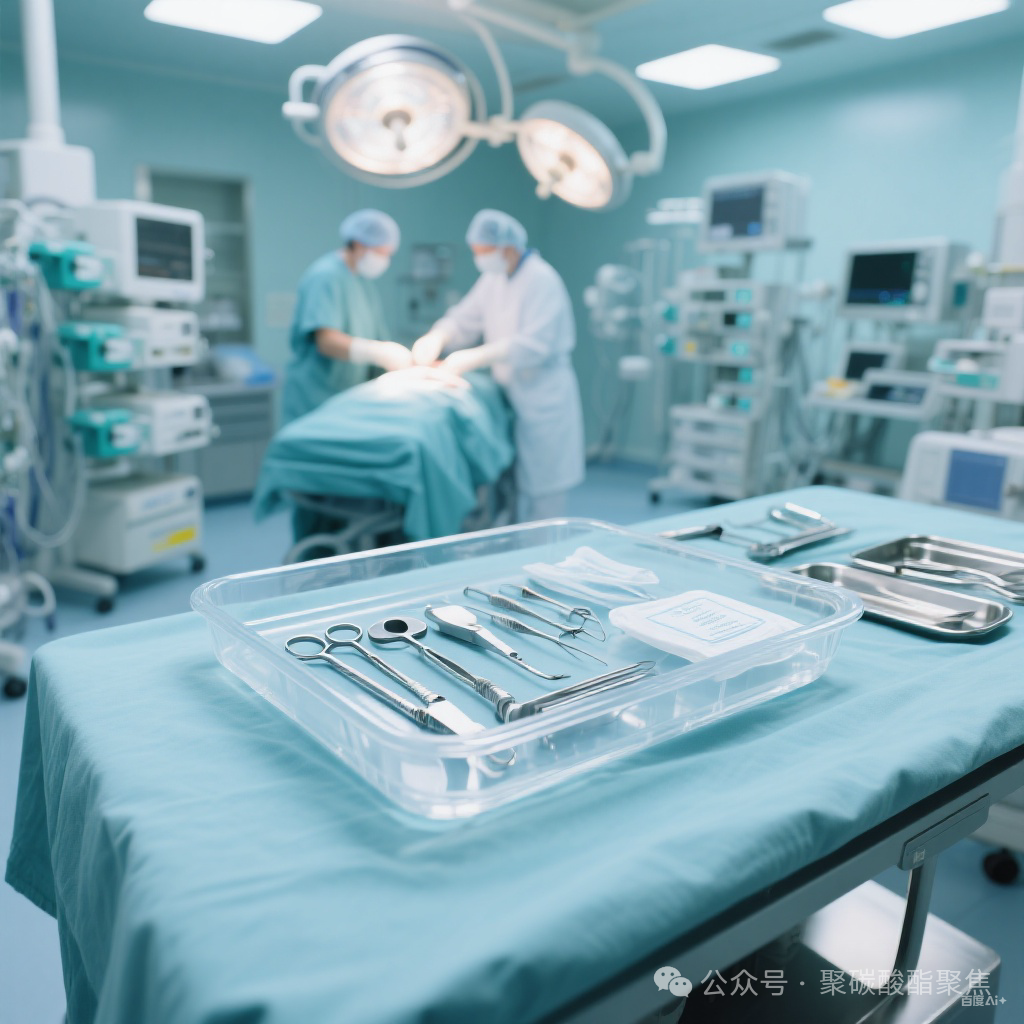
Important Considerations
When using polycarbonate, medical-grade certification is the primary consideration. It is essential to use medical-grade PC resin that complies with medical regulations (such as FDA, CE) and biocompatibility standards (ISO 10993), since industrial-grade PC may contain additives that do not meet medical requirements.
The matching of sterilization methods is also crucial. Although PC can withstand various sterilization methods, the specific product design needs to consider the long-term impact of repeated sterilization on its performance (such as color and toughness). It is important to choose the most suitable sterilization method and the number of cycles.
In terms of hydrolytic stability, PC may undergo a certain degree of hydrolytic degradation after prolonged exposure to hot and humid environments, such as repeated steam sterilization. Medical-grade PC is usually modified to enhance its hydrolytic stability.
Stress cracking is another issue that requires attention. PC is sensitive to certain solvents and stress. During design and use, it is necessary to avoid contact with incompatible chemicals and minimize internal stress as much as possible.
Cost factors cannot be ignored either. PC is generally more expensive than general-purpose plastics such as PP and PE, but its superior performance provides irreplaceable value in critical medical applications.
Polycarbonate, with its unparalleled transparency, excellent impact strength, good heat sterilization resistance, biocompatibility, and ease of processing, has become an indispensable high-performance engineering plastic in the medical field. From commonly used infusion sets, syringes, and petri dishes to critical blood dialysis devices, surgical instruments, and exploratory implant applications, PC plays a crucial role in ensuring the safety, functionality, reliability, and usability of medical devices. Selecting PC materials that meet medical standards and conducting proper design and sterilization validation are key to its successful application in the medical field.
【Copyright and Disclaimer】The above information is collected and organized by PlastMatch. The copyright belongs to the original author. This article is reprinted for the purpose of providing more information, and it does not imply that PlastMatch endorses the views expressed in the article or guarantees its accuracy. If there are any errors in the source attribution or if your legitimate rights have been infringed, please contact us, and we will promptly correct or remove the content. If other media, websites, or individuals use the aforementioned content, they must clearly indicate the original source and origin of the work and assume legal responsibility on their own.
Most Popular
-

List Released! Mexico Announces 50% Tariff On 1,371 China Product Categories
-

EU Changes ELV Regulation Again: Recycled Plastic Content Dispute and Exclusion of Bio-Based Plastics
-

Mexico officially imposes tariffs on 1,400 chinese products, with rates up to 50%
-

Clariant Unveils Cost-Cutting Plan Details, Plans to Shut Down Multiple Plants
-

Nissan Cuts Production of New Leaf EV in Half Due to Battery Shortage






